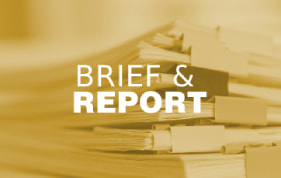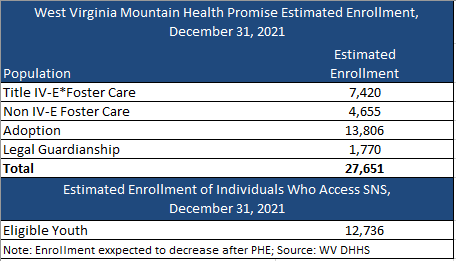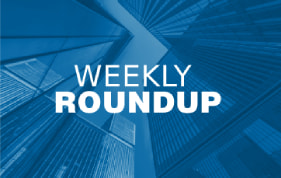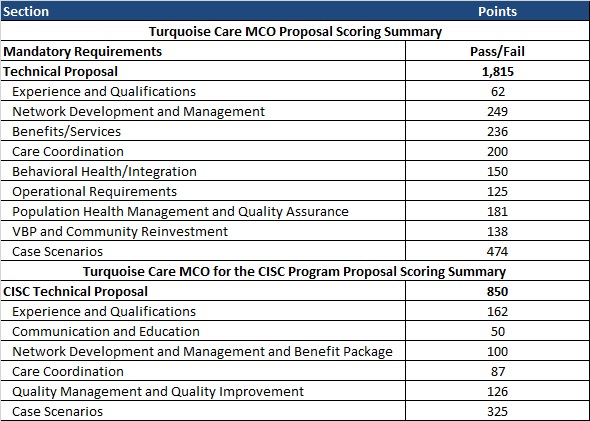This week, our In Focus explores a new trend to watch in Medicaid Section 1115 waiver demonstration programs. As discussed in our previous In Focus, state Medicaid agencies are exploring pathways and concepts to address the historic inequities and health disparities laid bare and exacerbated by the COVID-19 pandemic. These efforts are closely aligned with the Centers for Medicare and Medicaid Services’ (CMS) policy objectives for the Medicaid program, specifically:
- Addressing health inequities
- Improving access and coverage
- Promoting whole person care
Teams of experts from across the HMA family of companies are supporting state agencies, counties, health plans, providers, community and consumer organizations, and other stakeholders with translating federal goals and parameters into concrete proposals for new demonstration programs. HMA’s experts assist stakeholders with proposals as they move through the stages of concept paper, application, negotiation, approval, and implementation. Demonstrations will reflect each state’s unique political and policy landscapes, but the programs will be grounded in certain federal goals and expectations to enhance accountability and improve outcomes.
In the earlier In Focus, our experts shared initial insights and considerations for stakeholders about one of the emerging trends: state Medicaid leaders are seeking to improve health equity in communities by providing health-related social services and engaging community organizations. Building on this and informed by our collective “on the ground” expertise we are writing this week about a second emerging trend we see across states’ Section 1115 activities:
Trend #2: States are seeking to use Medicaid demonstration programs to build essential capacity and infrastructure at the community and organizational levels.
The recently approved and submitted demonstration proposals signal CMS’ willingness to allow states to support some limited capacity building for community-based organizations. Several state 1115 demonstration proposals describe the state-specific types of community-based organizations and other entities that Medicaid programs want to engage to address the social and health-related drivers of health outcomes. This requires augmenting the existing workforce, providing training on Medicaid health plan contracting requirements, and building an infrastructure platform and systems that will support efficient communications and service delivery.
CMS has indicated a strong interest in advancing states’ community-based activities. This is evident in CMS’ decision to revise the federal framework used to determine whether a state’s Section 1115 demonstration program is budget neutral for the federal government. CMS has also decided to reopen the opportunity for states to propose Designated State Health Programs (DSHPs) under more limited size and scope parameters. CMS articulated these updated policies in the recent approval letters for Section 1115 demonstration programs in Massachusetts and Oregon. The federal reinterpretation provides states significantly more flexibility relative to the prior policy to use federal Medicaid funding to do the following:
- Design and implement a broader set of health-related service need (HRSN) initiatives,
- Make investments in the infrastructure to support HRSNs; and
- Invest in building workforce capacity.
States will continue to act on these shifts in federal priorities and policies, crafting proposals aligned with their state-specific environments and goals. However, CMS’ willingness to support capacity building as part of state demonstration programs will need to adhere to certain scope and financing parameters. These guardrails are articulated in more detail in the approval letters for Massachusetts and Oregon. States and stakeholders will also want to be responsive to CMS’ expectations that its investments will be sustainable over time. They may need to plan and develop additional capacity to utilize non-Medicaid sources of federal and non-federal funding in tandem with the demonstration initiatives.
Importantly, the terms of the approved demonstration projects reinforce the need for states, managed care plans, and providers engage in new partnerships with community leaders and ensure the perspectives and experiences of consumers are continuously reflected in programs. Examples of proposed capacity building partnerships include:
Massachusetts’ recently secured CMS approval for a Section 1115 demonstration program which will fund a variety of health-related service needs (HRSN) initiatives. As part of the HRSN initiatives, CMS is allowing the state to receive federal Medicaid funding to support capacity-building, infrastructure, and operational costs for these activities. For example, under the demonstration federal funding will be available for participating “community partners” to pay for health information technology system investments, expand workforce capacity, manage startup costs, and enhance operational infrastructure such as system change resources. Additionally, the state will be able to receive federal Medicaid funding for provider workforce recruitment and retention activities, specifically primary care and behavioral health provider student loan repayment programs and a family nurse practitioner residency program.
In September 2022, Oregon received approval for a Section 1115 demonstration program to provide increased coverage of certain services that address HRSN. These services include critical nutritional services and nutrition education, as well as transitional housing supports for individuals with a clinical need or transitioning out of institutional care, congregate settings, out of homelessness or a homeless shelter, or the child welfare system. Additionally, the state will be able to receive federal Medicaid funding to make infrastructure investments to support those services, such as cultural competency training, trauma-informed training, traditional health worker certification, accounting and billing systems among others.
New York State envisions that Social Determinant of Health Networks (SDHNs) will work to organize and coordinate small neighborhood organizations familiar with their communities’ needs and the capacity to address multiple social risk factors as well as larger county or regionally focused entities. The state aims to allow SDHNs to receive Medicaid funding to invest in developing the infrastructure they need to assist Medicaid enrollees, such as the IT and business processes and other capabilities. Alongside this, the state is proposing a minimum fee schedule for certain services addressing social care needs. In addition, New York is requesting support for a statewide social services referral technology platform.
Washington state has a proposal pending with CMS that builds on its earlier demonstration program to further invest in multi-sector, community-based partnerships and approaches using Accountable Communities of Health (ACH). Specifically, the state is proposing to invest in the development and operation of Community Hubs and a Native Hub, which will serve as centers for community-based care coordination. These hubs will focus on health-related social needs (HRSNs) that provide screening for and referral to community-based services for Medicaid enrollees. These hubs will also distribute funding to build capacity among community-based organizations (CBOs) and community-based providers.
New Jersey has designed an 1115 demonstration proposal focused on the lack of stable housing as a driver of unnecessary hospitalization, institutionalization, or other avoidable instances of high-cost care, negative clinical outcomes, and worsening of chronic conditions. While it does not plan to make direct investments in community-based entities, the state aims to enhance contractual requirements with its Medicaid managed care organizations around housing specialists. This includes requiring health plans to have their housing specialists coordinate with community-based organizations that provide housing services or other related services to address social drivers of health. Its proposal also is designed to facilitate coordination across state and community resources that are essential to the provision of health and housing services.
Conclusion
The Massachusetts and Oregon demonstration programs provide important insight on CMS’ willingness to support state investments in HRSN and the state and local infrastructure to support delivery of culturally appropriate services.
Stakeholders will want to monitor these and other proposals as they move forward, particularly to understand the conditions and timing for funding to flow to community entities. Additionally, each state demonstration will have reporting and accountability structures that could impact payment and future investments made by Medicaid health plans, providers, CBOs and other stakeholders.
HMA’s interdisciplinary teams of Medicaid, human services, and actuarial experts are assisting states as well as stakeholders as they conceptualize, develop, and implement Section 1115 programs. To learn more about our work and connect with an HMA expert in your state please contact Andrea Maresca.









